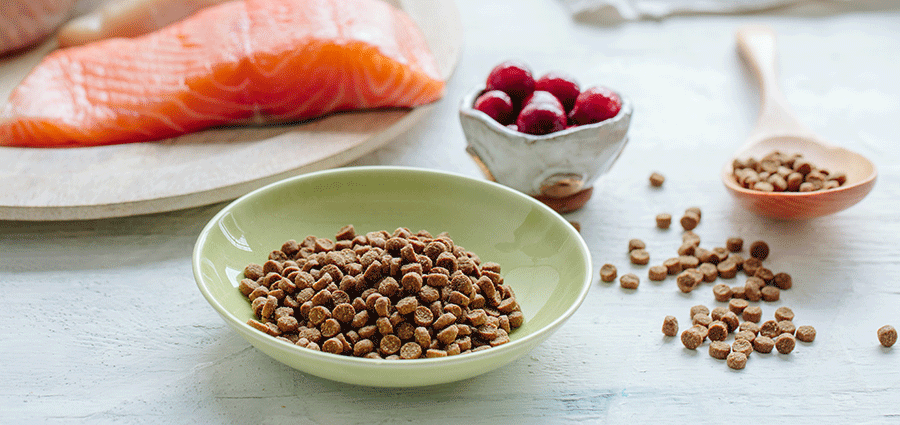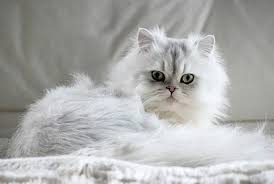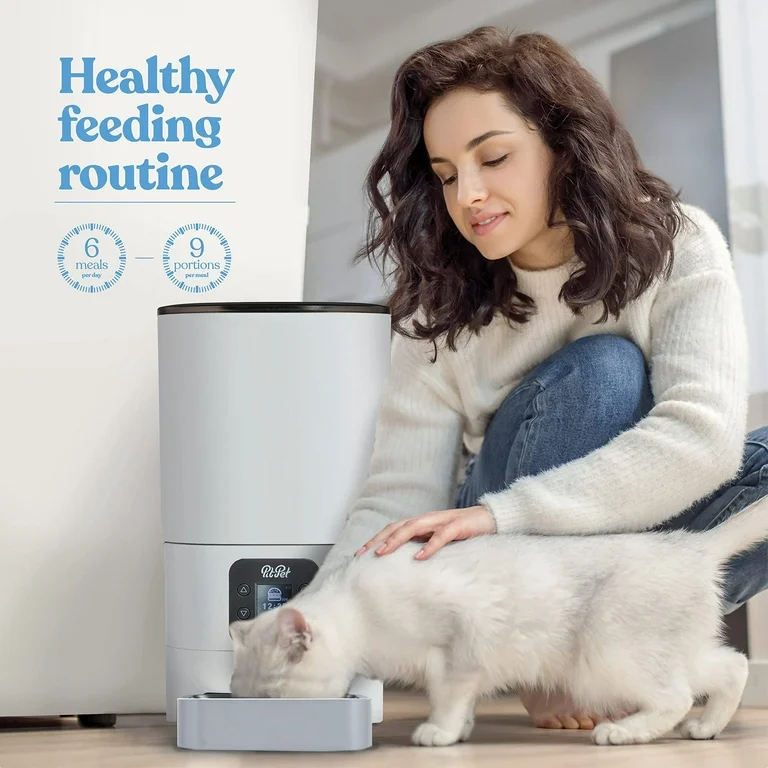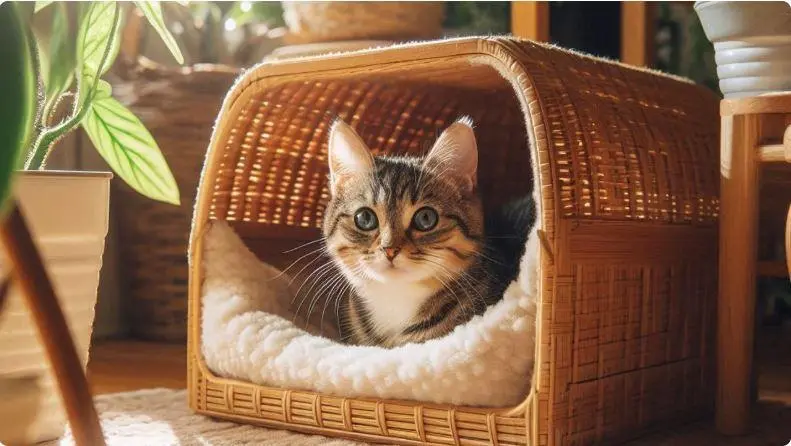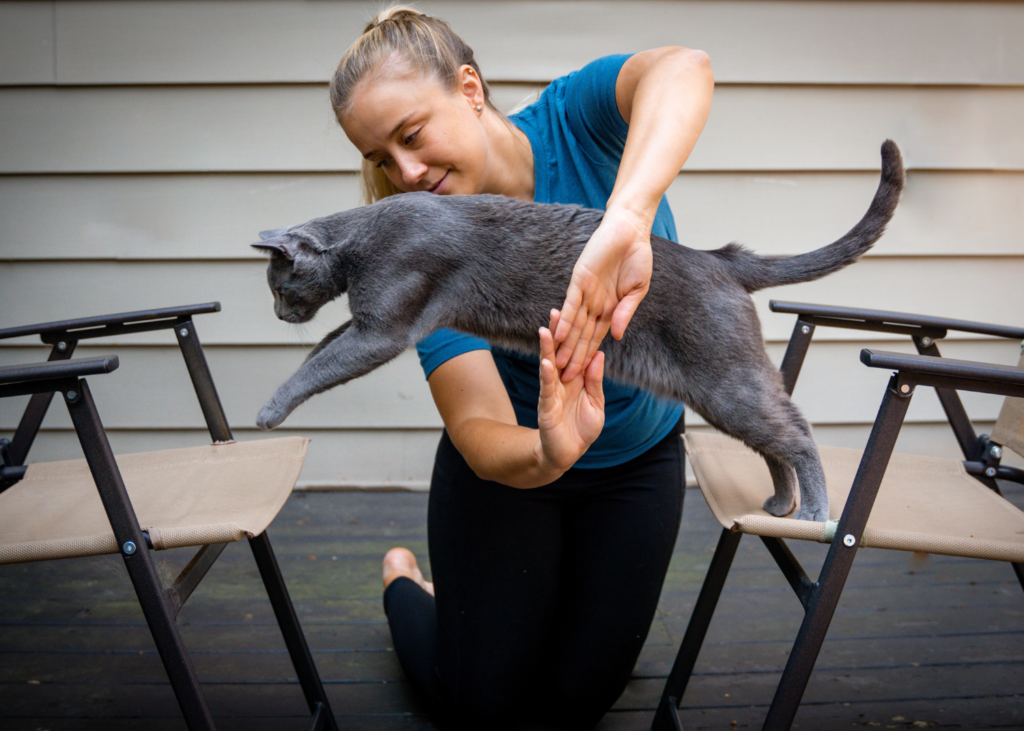The Bengal cat, with its wild leopard-like spots and high energy levels, is one of the most exotic-looking domestic cats.
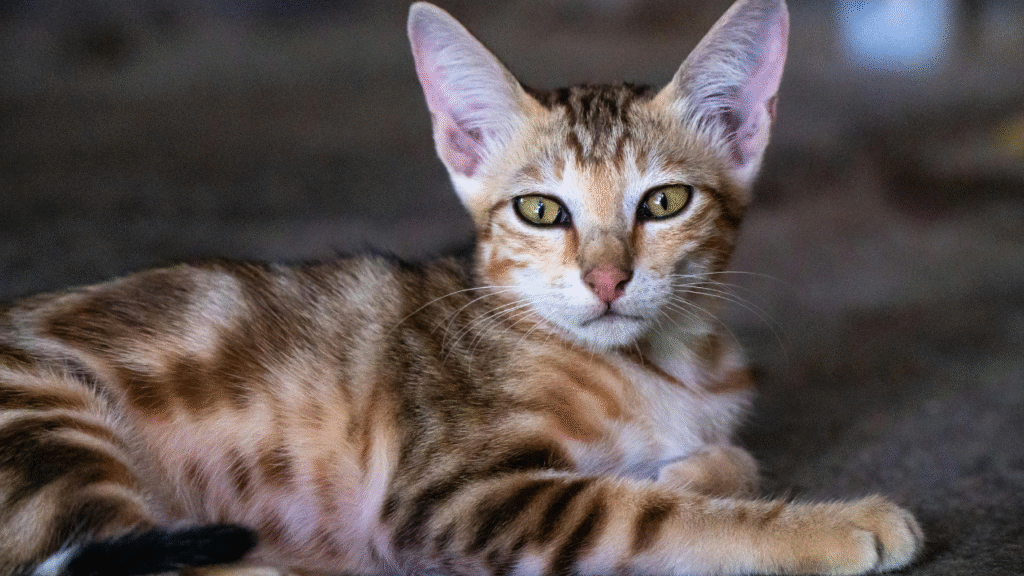
But have you ever wondered what happens when this majestic feline is crossbred with other cat breeds? Whether you’re a curious pet lover or a breeder exploring new traits, this article will walk you through the fascinating outcomes of crossing Bengal cats with other popular breeds.
Related: Are Bengal Cats Legal in Florida?
What Makes Bengal Cats Special?
Before diving into the hybrid possibilities, it’s essential to understand the unique characteristics of Bengal cats:
- Origin: Bengal cats were created by crossing the Asian Leopard Cat with domestic cats.
- Appearance: They are known for their wild, rosette-patterned coat, sleek bodies, and muscular build.
- Personality: Intelligent, playful, energetic, and affectionate.
- Popularity: They are one of the most sought-after breeds for their exotic appearance and dog-like loyalty.
What to Expect When Bengal Cats Are Crossbred?
Crossbreeding a Bengal with another cat breed usually results in kittens with a mix of both parents’ traits — in terms of coat pattern, temperament, size, and activity level.
Let’s explore some popular Bengal mix combinations and what traits they bring.
1. Bengal + Siamese = Bengalese or Siamgal
- Appearance: Sleek body with spotted or marbled coat; sometimes blue eyes.
- Personality: Vocal, affectionate, intelligent — a blend of the Siamese’s talkative nature and the Bengal’s playfulness.
- Energy Level: Extremely high; needs mental stimulation.
2. Bengal + Maine Coon = Bengal Coon
- Appearance: Large-sized cats with muscular Bengal build and fluffy Maine Coon fur.
- Personality: Friendly, trainable, loyal, and family-friendly.
- Size: Much bigger than regular Bengals; may weigh 15–25 lbs.
3. Bengal + Persian = Persian Bengal Mix
- Appearance: Flatter face of Persian with subtle Bengal markings.
- Personality: Calm and cuddly, unlike the active Bengal — perfect for indoor, relaxed homes.
- Grooming Needs: High, due to Persian’s thick fur.
4. Bengal + Sphynx = Bengal Sphynx Mix
- Appearance: Hairless or semi-coated with visible Bengal markings on the skin.
- Personality: Extremely affectionate and people-loving.
- Special Care: Needs warm environment and frequent bathing.
5. Bengal + Abyssinian = Bengal Aby Mix
- Appearance: Sleek, muscular cats with golden coats and rosettes or ticking.
- Personality: Super intelligent, active, and curious.
- Activity Level: Very high — best for experienced cat owners.
6. Bengal + Ragdoll = Bengal Ragdoll Mix
- Appearance: Semi-longhaired with Bengal’s patterns and Ragdoll’s blue eyes.
- Personality: More relaxed and docile than a pure Bengal.
- Best For: Families with children or other pets.
Pros & Cons of Bengal Cat Crossbreeds
✅ Pros:
- Unique appearance
- Fascinating mix of personalities
- May reduce health risks by improving genetic diversity
- Can be customized to suit family lifestyles (e.g., more calm or more active)
❌ Cons:
- Temperament may be unpredictable
- Health issues from either parent breed
- Some hybrids may not be accepted by official cat registries
- Needs proper socialization and enrichment
Should You Get a Bengal Crossbreed?
If you love the wild look of a Bengal but want a cat that’s a little less energetic or better suited for cuddling, a Bengal crossbreed could be perfect for you. However, make sure to:
- Choose a responsible breeder
- Research both parent breeds
- Understand the energy and care needs of the hybrid kitten
Final Thoughts
Crossbreeding Bengal cats with other breeds opens the door to endless possibilities — from spotted, blue-eyed beauties to fluffy giants with gentle hearts. Whether you’re a breeder or a future cat parent, these unique combinations can offer the best of both worlds. Just remember: every cat is unique, and their personality and health depend on proper care, love, and attention.
